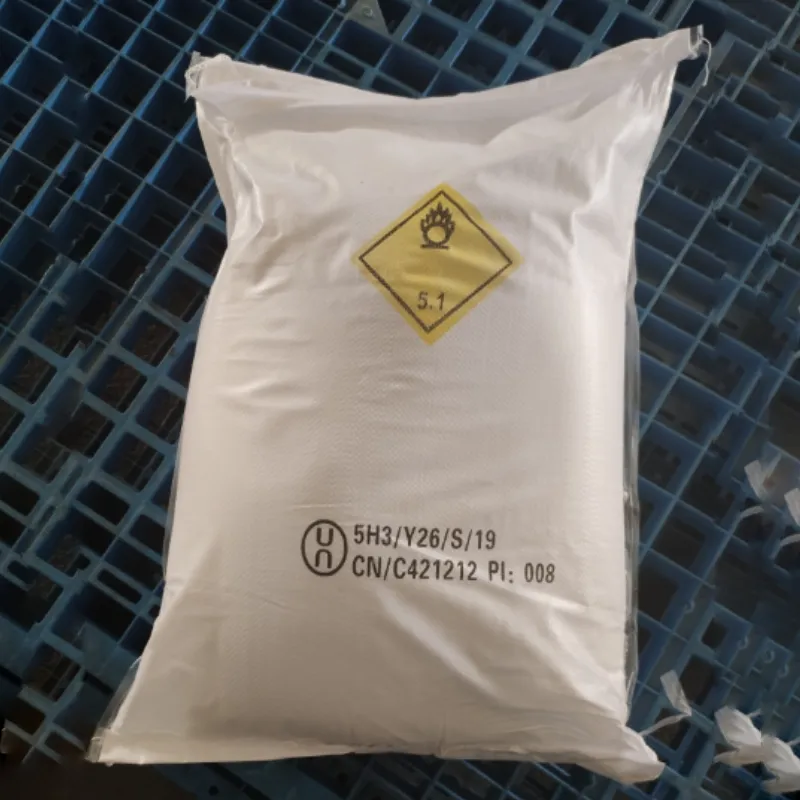
e954 sweetener
Understanding E954 Sweetener Insights into Saccharin
In the vast landscape of food additives, E954, commonly known as saccharin, stands out as one of the oldest artificial sweeteners available in the market. Its journey spans over a century, and its utilization has evolved with increasing awareness about health, dietary choices, and sugar consumption. This article delves into the history, safety, applications, and controversies surrounding E954.
A Brief History
Saccharin was first discovered in 1878 by an American chemist named Constantin Fahlberg, while he was conducting research on coal tar derivatives. The sweet taste of saccharin was noted by accident when Fahlberg ate his dinner after working in the lab, where he had inadvertently added some of the compound to his food. Recognizing its sweetening properties, saccharin quickly found its way into various food products, offering a solution for sugar alternatives during a time when sugar was costly and scarce.
Chemical Composition and Sweetness
Chemically, saccharin is a sulfonamide derivative and possesses the ability to be significantly sweeter than sucrose (table sugar)—approximately 300 to 400 times sweeter. This heightened sweetness means that only a tiny amount is required to achieve the desired taste, making it an attractive option for many food manufacturers. It is often found in products designed for calorie-conscious consumers, such as diet sodas, sugar-free candies, and baked goods.
Safety and Regulations
Despite its long history, the safety of E954 has been a topic of considerable debate and research. In the mid-20th century, some studies suggested a potential link between saccharin and cancer in laboratory rats, leading to a temporary ban in certain countries. However, subsequent research and assessments by health authorities, including the U.S. Food and Drug Administration (FDA) and the World Health Organization (WHO), have concluded that saccharin is safe for human consumption within established acceptable daily intake levels.
As of today, saccharin is classified as a safe food additive. It has been approved for use in numerous countries, following stringent safety evaluations. Regulatory bodies have determined that consumption levels typical of those who include saccharin in their diets carry no significant health risks.
e954 sweetener

Applications in Food and Beverage Industry
E954 finds itself in a variety of applications across the food and beverage industry. Its commercial use mainly includes sweetening products tailored to those seeking to reduce sugar intake. These products range from low-calorie drinks to various food items labeled sugar-free. Besides its role in sweetening, saccharin presents additional benefits for food manufacturers, including enhanced shelf life and taste stability during processing.
In the modern landscape where health consciousness is at an all-time high, saccharin has also played a part in addressing issues surrounding obesity and diabetes. For people managing their weight or blood sugar levels, saccharin provides an opportunity to enjoy sweetness without the associated caloric load of sugar.
Controversies and Consumer Perception
Despite its established safety, saccharin has faced criticism. Consumer perception of artificial sweeteners, including saccharin, is often colored by concerns over potential health impacts, including reports linking them to various health issues, despite the lack of definitive scientific evidence. Many consumers gravitate toward natural alternatives, advocating for products derived from stevia or monk fruit as preferable substitutes.
There is an ongoing dialogue about the long-term effects of consuming artificial sweeteners, and while saccharin is recognized as safe, individuals concerned about potential risks are encouraged to approach its consumption with moderation.
Conclusion
As public awareness of dietary choices continues to evolve, the place of E954 saccharin in the food industry serves as a complex reflection of science, health trends, and consumer preferences. Understanding its history, safety, and applications can empower consumers to make informed choices. While sweeteners like saccharin may not be to everyone's taste, their role in the balance of dietary options remains significant, offering a sweet solution in moderation. As with any food additive, the key lies in moderation, informed choices, and awareness of individual health needs.
-
Pure Sodium Dichloroisocyanurate Dihydrate | Powerful DisinfectantNewsAug.29,2025
-
Industrial Chemicals: Quality & Purity for Every IndustryNewsAug.28,2025
-
Nitrile Rubber Honoring Strict Production StandardsNewsAug.22,2025
-
Aspartame Ingredients Honoring Food Safety ValuesNewsAug.22,2025
-
Fertilizer for Balanced Plant NutritionNewsAug.22,2025
-
Cyanide Gold Processing with High Purity AdditivesNewsAug.22,2025
-
Formic Acid in Textile Dyeing ApplicationsNewsAug.22,2025
Hebei Tenger Chemical Technology Co., Ltd. focuses on the chemical industry and is committed to the export service of chemical raw materials.
-

view more DiethanolisopropanolamineIn the ever-growing field of chemical solutions, diethanolisopropanolamine (DEIPA) stands out as a versatile and important compound. Due to its unique chemical structure and properties, DEIPA is of interest to various industries including construction, personal care, and agriculture. -

view more TriisopropanolamineTriisopropanolamine (TIPA) alkanol amine substance, is a kind of alcohol amine compound with amino and alcohol hydroxyl, and because of its molecules contains both amino and hydroxyl. -

view more Tetramethyl Thiuram DisulfideTetramethyl thiuram disulfide, also known as TMTD, is a white to light-yellow powder with a distinct sulfur-like odor. It is soluble in organic solvents such as benzene, acetone, and ethyl acetate, making it highly versatile for use in different formulations. TMTD is known for its excellent vulcanization acceleration properties, which makes it a key ingredient in the production of rubber products. Additionally, it acts as an effective fungicide and bactericide, making it valuable in agricultural applications. Its high purity and stability ensure consistent performance, making it a preferred choice for manufacturers across various industries.





